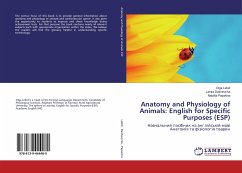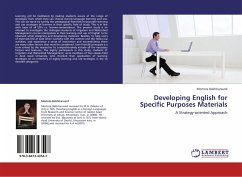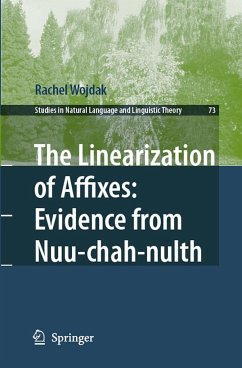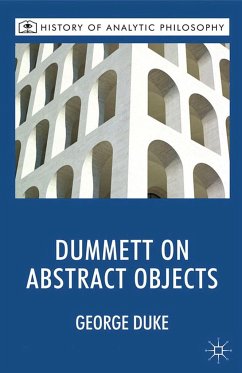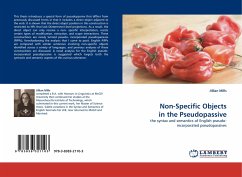
Non-Specific Objects in the Pseudopassive
the syntax and semantics of English pseudo-incorporated pseudopassives
Versandkostenfrei!
Versandfertig in 6-10 Tagen
32,99 €
inkl. MwSt.

PAYBACK Punkte
16 °P sammeln!
This thesis introduces a special form of pseudopassive that differs from previously discussed forms in that it includes a direct object adjacent to the verb. It is shown that the direct object position in this construction is restricted to NPs that lack D(eterminer)-level projections. As a result, the direct object can only receive a non- specific interpretation, resists certain types of modification, extraction, and scope interactions. These constructions are newly termed pseudo- incorporated pseudopassives (PIPPs), foreshadowing the analysis that I come to posit. English PIPPs are compared w...
This thesis introduces a special form of pseudopassive that differs from previously discussed forms in that it includes a direct object adjacent to the verb. It is shown that the direct object position in this construction is restricted to NPs that lack D(eterminer)-level projections. As a result, the direct object can only receive a non- specific interpretation, resists certain types of modification, extraction, and scope interactions. These constructions are newly termed pseudo- incorporated pseudopassives (PIPPs), foreshadowing the analysis that I come to posit. English PIPPs are compared with similar sentences involving non-specific objects identified across a variety of languages, and previous analyses of these constructions are discussed. A novel analysis for the English pseudo-incorporated pseudopassive is suggested which targets both the syntactic and semantic aspects of this curious utterance.





